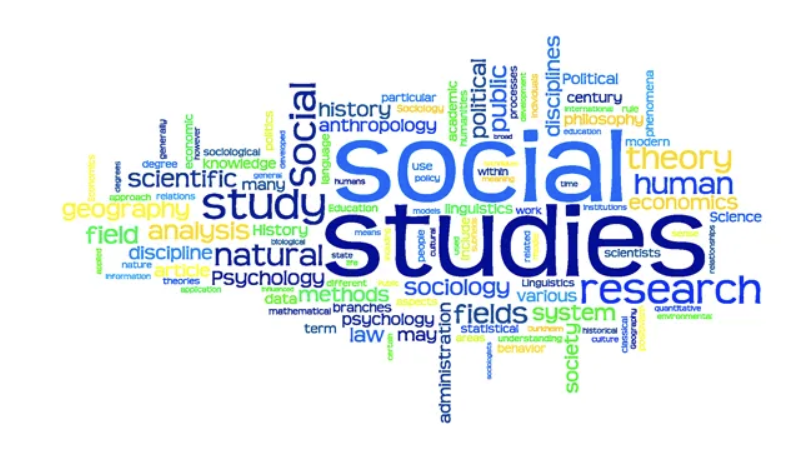Read this and write a journal entry summarizing your response to the article on social cybersecurity
I believe this article does a great job discussing the importance of cybersecurity in politics, which affects populations and their way of living tremendously. It would be ignorant to ignore the social factors that follow policymakers. Especially in times of war, recently, it has been on the news that American politicians have been having a group chat in which they talked about classified materials that contain concerning war and army plans for the Middle East. This is a recent example of the danger this article is talking about. How casually war plans are being talked about when the moment someone leaves their phone open, someone who is not in the conversation can now easily get hold of very sensitive and valuable information that has the potential to harm many citizens. With new technology should come new awareness, legislation, and practices to information is where it is intended.
